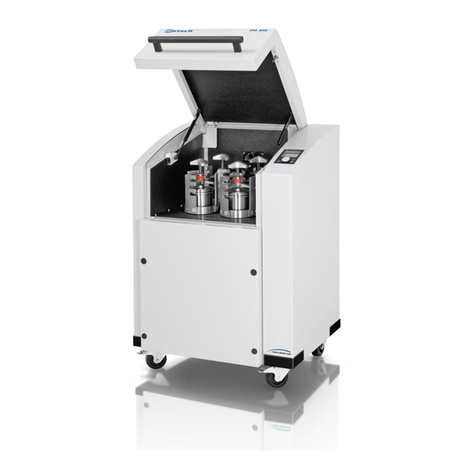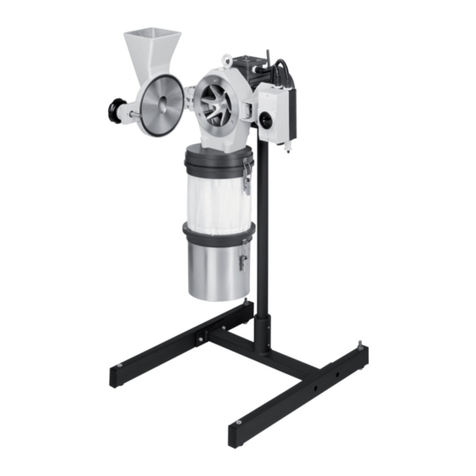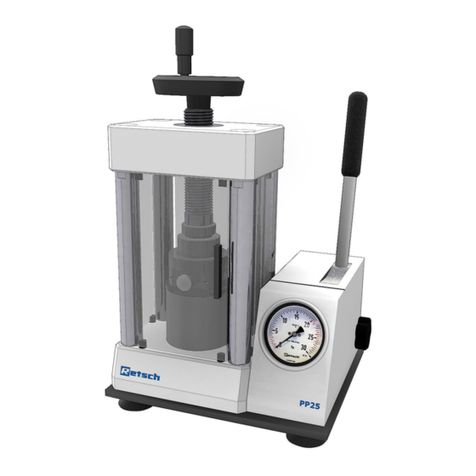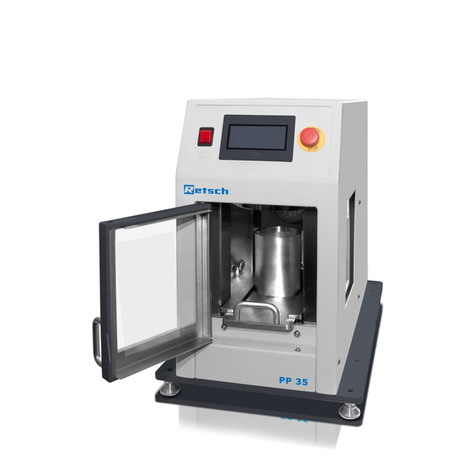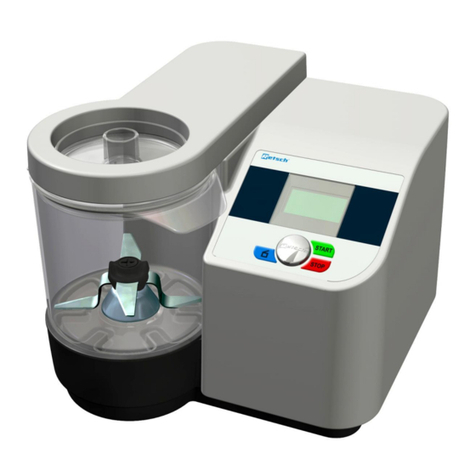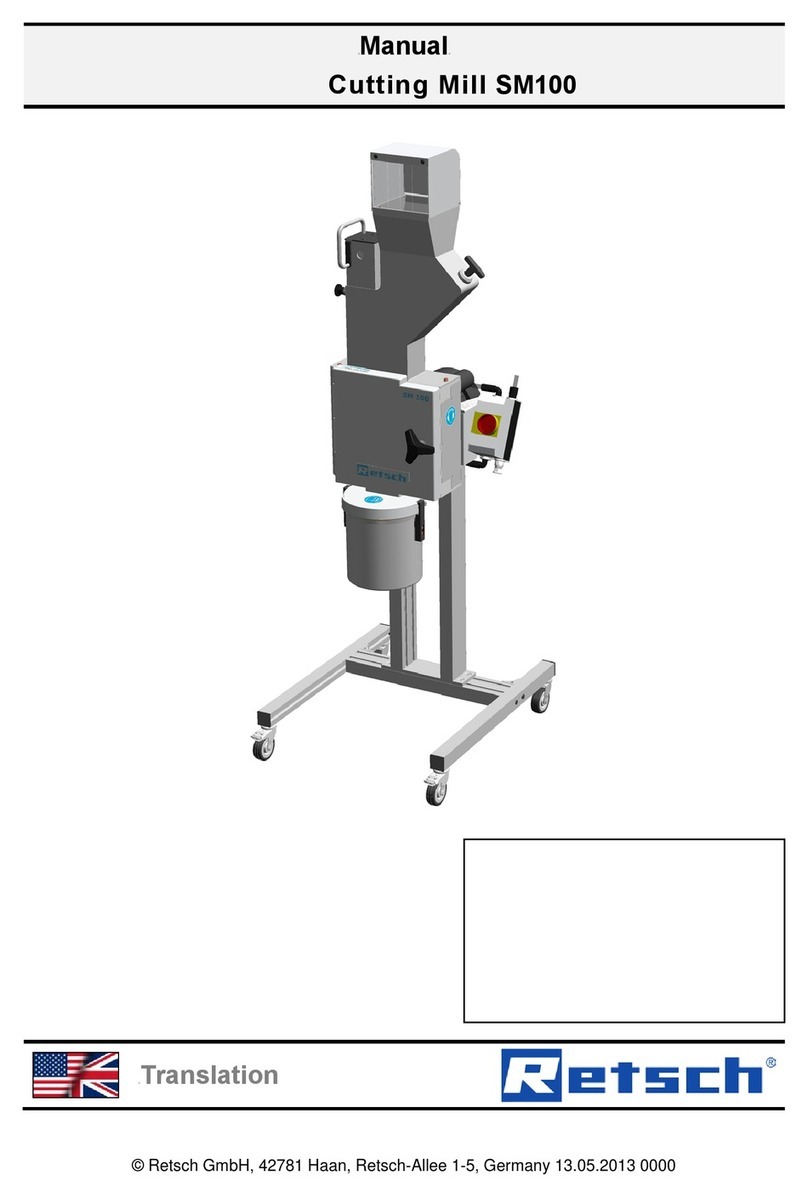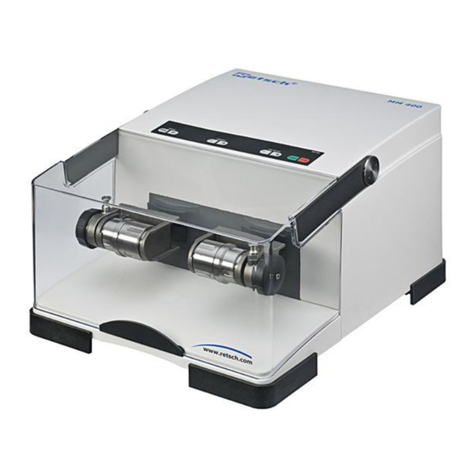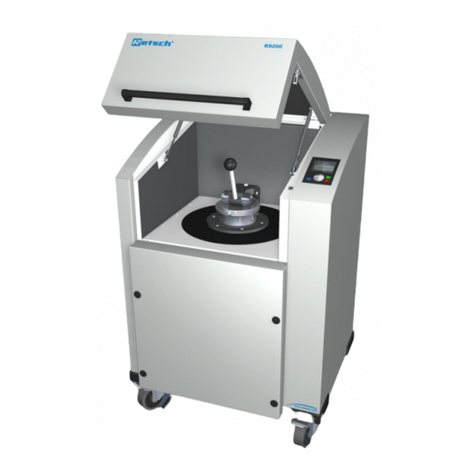Table of Contents
1Notes on the Manual ............................................................................................................................. 6
1.1 Disclaimer.......................................................................................................................................... 6
1.2 Copyright............................................................................................................................................ 6
2Safety...................................................................................................................................................... 7
2.1 Explanations of the Safety Instructions ............................................................................................. 8
2.2 General Safety Instructions ............................................................................................................... 9
2.3 Repairs............................................................................................................................................. 10
2.4 Responsibility of the operating company......................................................................................... 11
2.5 Personnel qualification and target group of this manual ................................................................. 11
2.6 Confirmation Form for the Managing Operator................................................................................ 12
3Packaging, Transport and Installation .............................................................................................. 13
3.1 Packaging........................................................................................................................................ 13
3.2 Transport.......................................................................................................................................... 13
3.3 Temperature Fluctuations and Condensation ................................................................................. 13
3.4 Conditions for the Installation Site................................................................................................... 14
3.5 Electrical Connection....................................................................................................................... 15
3.6 Transport.......................................................................................................................................... 16
3.7 Installing the device......................................................................................................................... 17
3.8 Position of the user.......................................................................................................................... 17
3.9 Description of type plate .................................................................................................................. 18
4Technical data...................................................................................................................................... 19
4.1 Intended use of the device............................................................................................................... 19
4.2 Grinding drum nominal volume........................................................................................................ 21
4.3 Feed size ......................................................................................................................................... 21
4.4 Payload............................................................................................................................................ 21
4.5 Rated Power.................................................................................................................................... 22
4.6 Motor Rotation Speed...................................................................................................................... 22
4.7 Emissions......................................................................................................................................... 23
4.7.1 Noise levels.................................................................................................................................. 23
4.8 Degree of Protection........................................................................................................................ 24
4.9 Protective Equipment....................................................................................................................... 24
4.10 Dimensions and Weight................................................................................................................... 24
4.11 Required Floor Space...................................................................................................................... 24
4.12 Installation drawing.......................................................................................................................... 25
5Operating the device........................................................................................................................... 26
5.1 Views of the device.......................................................................................................................... 27
5.1.1 Overview table of the parts of the device .................................................................................... 28
5.2 Operating elements and displays .................................................................................................... 29
5.2.1 Overview Table of the Operating Elements and the Display....................................................... 29
5.3 Opening the device.......................................................................................................................... 29
5.4 Closing the device ........................................................................................................................... 29
5.5 Emergency Unlocking...................................................................................................................... 30
5.6 Inserting the grinding drum.............................................................................................................. 32
5.6.1 Grinding modules......................................................................................................................... 32
5.7 Preparing the grinding process........................................................................................................ 34
5.7.1 Filling the grinding balls ............................................................................................................... 34
5.7.2 Filling the rods.............................................................................................................................. 34
5.7.3 Locking the grinding drum ........................................................................................................... 35
5.7.4 Changing the grinding drum-positions......................................................................................... 36
5.8 Grinding drum positions................................................................................................................... 37
5.8.1 Filling position.............................................................................................................................. 37
5.8.2 Mixing position............................................................................................................................. 38

